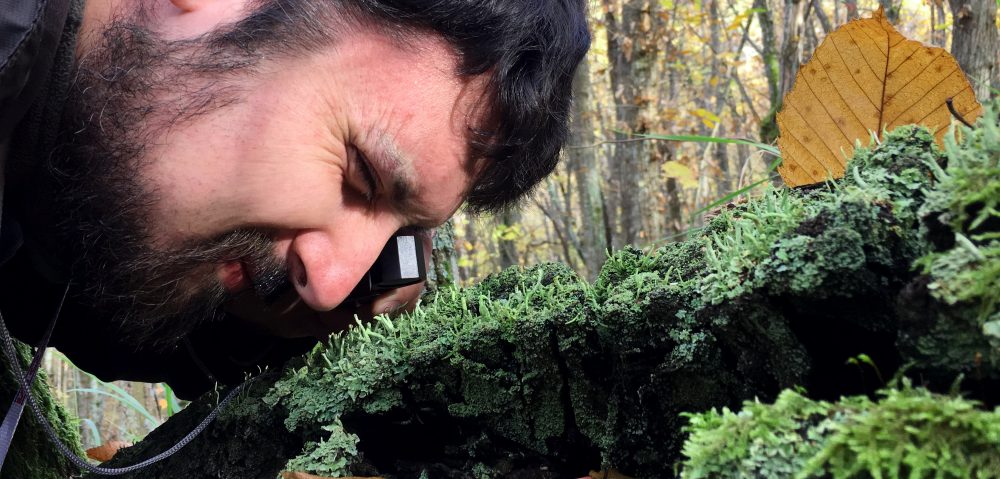The brand-new key to the Italian Cladoniaceae (Gheza & Nimis 2021) – fundamentally a crowd of Cladonia species, plus Pycnothelia papillaria and the mythological Pilophorus cereolus – has been online for a few hours and is now ready to be tested by lichenologists and amateurs.

This key is one of the numberless tesserae professor Nimis is assembling to create the monumental mosaic of the Italian Lichen Flora, the masterwork he started last year, which can be found in its own section of ITALIC and counts already 61 keys to single genera or families to date.
Since the previous attempt to regiment within a key the many species of Cladonia occurring in Italy had been performed by the writer (Gheza 2018), Prof Nimis kindly got me involved in this task.
Actually, he carried out most of the effort: I just revised and readjusted few parts of a key that already worked very well in its original form.
About the key itself there is not much to say: it will speak for itself with anyone who will attempt to use it, hopefully successfully.
Compared to mine, this key is more thrifty, and undoubtedly also more up-to-date: even if only few years have passed, several updates have been added at both floristic-biogeographical level (species previously unreported from Italy have been found, such as Cladonia corsicana, Cladonia subturgida and Cladonia zopfii) and taxonomic level (genetic studies suggested that some species should be ‘reabsorbed’ within others, e.g. Cladonia pseudopityrea seems to be just a skinny and haggard morphotype of the extremely variable Cladonia ramulosa, and similarly also the Italian specimens previously attributed to Cladonia prolifica should be brought back to that species).
Furthermore, some species not yet reported from Italy have been included in the key, occurring not far from the borders of the country in habitats which are well represented also in Italy, since it is reasonable that they can also be found on Italian ground – and therefore they need to be included in the key, because otherwise it would be very difficult to realize whether you have found them, when identifying a papabile specimen.
There is no much more to say, just a warm invitation to everybody interested in Cladonia to test the key as soon as possible!
I can only conclude by expressing all my gratitude to Prof Nimis for allowing me to have a part – although an infinitesimal one if compared to the gargantuan amount of all the work he carried and will carry out – in this wonderful and monumental project of the Italian Lichen Flora. Such endeavor brightly demonstrates how Science made with great passion and also intended as a genuine sharing of knowledge (that is really vast, in his case) can really be a great gift for everyone.
Vielen Dank Herr Professor, and full speed ahead!
References
- Gheza G., Nimis P.L. 2021. Keys to the lichens of Italy – 61) Cladoniaceae (Cladonia, Pilophorus and Pycnothelia). Available online: http://italic.units.it/flora/index.php?procedure=ext_key_home&key_id=3975
- Gheza G. 2018. Chiave alle specie italiane del genere Cladonia. Notiziario della Società Lichenologica Italiana 31: 70-96.
